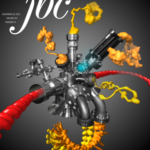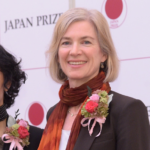 Seven LBNL Biosciences Area researchers are among the 47 new investigators chosen by the Chan Zuckerberg Biohub to receive up to $1.5 million each to conduct cutting-edge biomedical research — with no strings attached. The investigator awards are the first individual grants by the CZ Biohub as it seeks to foster unconventional scientific exploration and encourage researchers to invent new tools to accelerate the pace of discovery. Senior investigators will each receive 1.5 million over five years while the younger faculty will receive half the amount, $750,000.
Seven LBNL Biosciences Area researchers are among the 47 new investigators chosen by the Chan Zuckerberg Biohub to receive up to $1.5 million each to conduct cutting-edge biomedical research — with no strings attached. The investigator awards are the first individual grants by the CZ Biohub as it seeks to foster unconventional scientific exploration and encourage researchers to invent new tools to accelerate the pace of discovery. Senior investigators will each receive 1.5 million over five years while the younger faculty will receive half the amount, $750,000.
Biosciences Area’s senior investigators are: Jill Banfield and Michal Maharbiz (EGSB), Dan Fletcher and Amy Herr (BSE). The junior investigators are Ke Xu (MBIB) and Wenjun Zhang (EGSB). Read more at UC Berkeley News.








